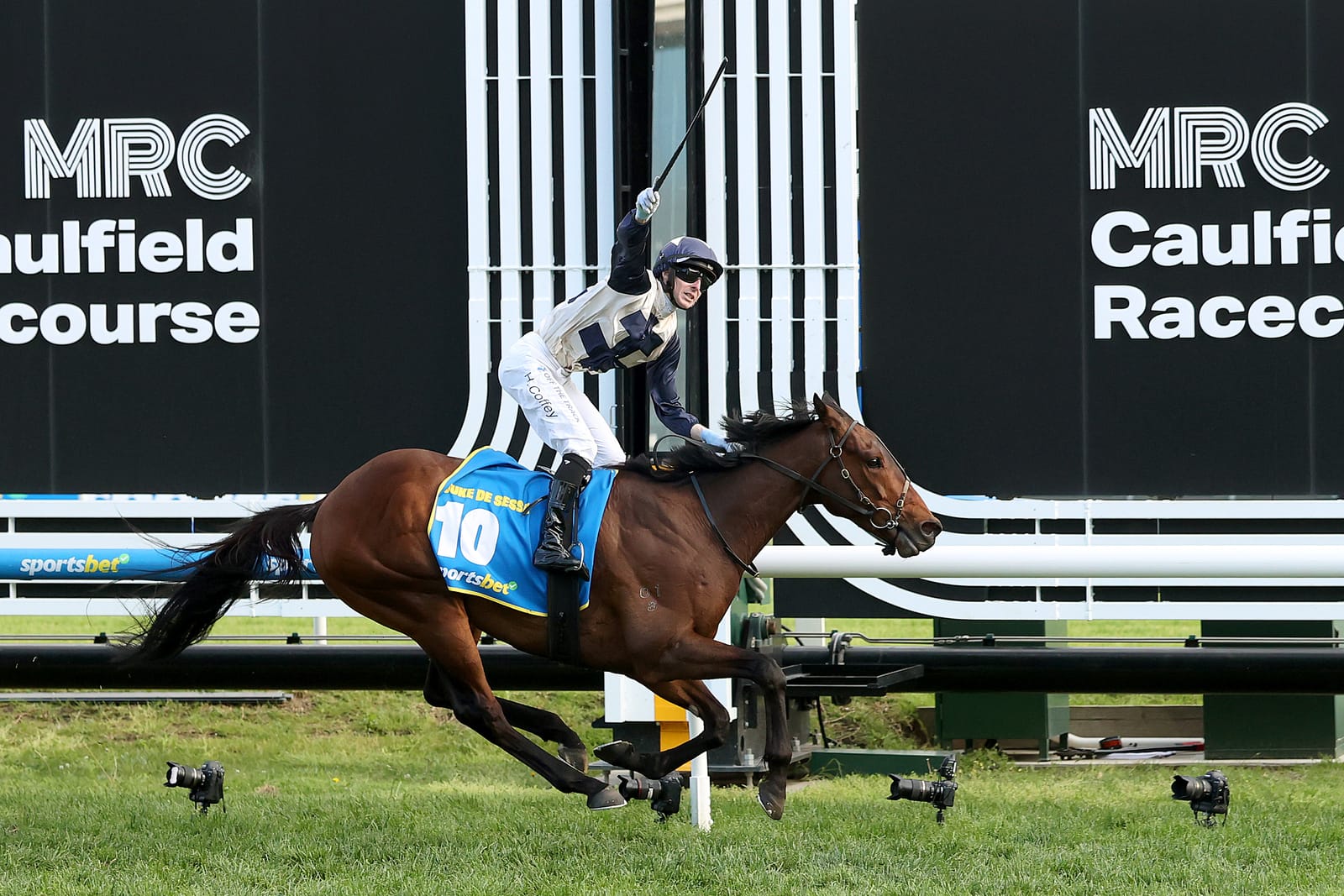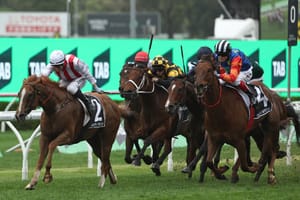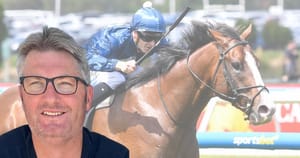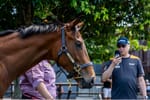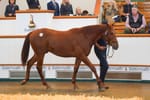
Caulfield Cup winner Duke De Sessa is the sixth Australian Group 1 winner for Lope De Vega, the one-time shuttle stallion whose influence persists in Australia a decade after he last served here. This week’s Run The Numbers examines his Australian record and that of his own sire Shamardal.
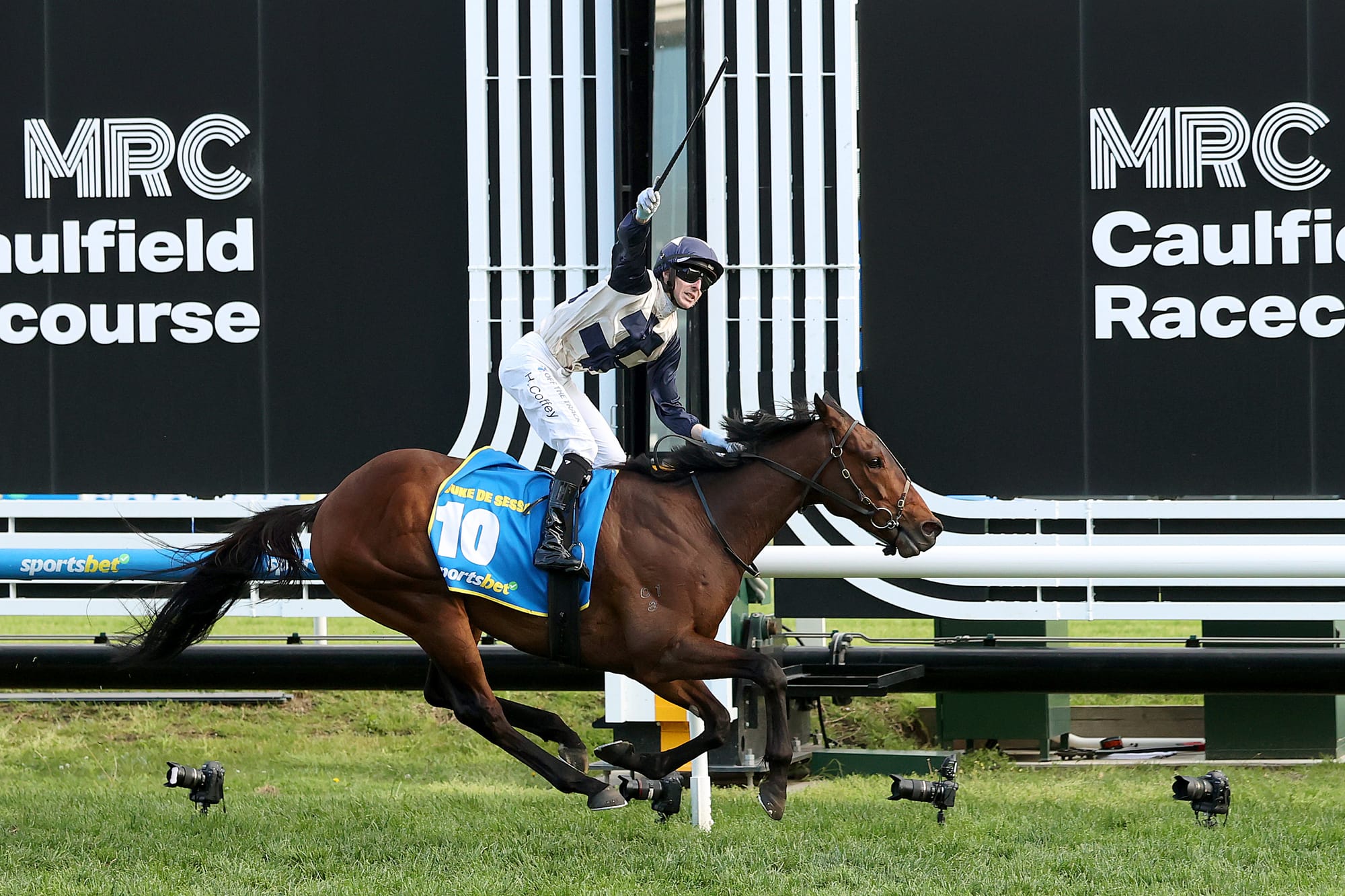
Much like his sire Shamardal and that stallion’s close relative Street Cry, Australia only got a relative glimpse of Lope de Vega at stud, as he stood for four years at the now defunct Patinack Farm between 2011 and 2014.
But also like Shamardal and Street Cry, his versatility when it comes to his progeny is ensuring he has an ongoing influence, with Saturday’s Caulfield Cup victor Duke De Sessa, Lope de Vega’s sixth Australian Group 1 winner and 20th Australian stakes winner overall.
It was interesting that a stallion who has produced three previous Everest placegetters, Santa Ana Lane, Gytrash and Vega Magic, all Australian-bred, now has a European-bred Caulfield Cup winner.
Lope de Vega now has Australian stakes winners from 1000m up to 2400m, with six of his progeny’s eight Australian Group 1 wins coming at distances between 1000m and 1350m, and two, Duke De Sessa’s victory on Saturday and Arapaho’s win in the 2023 Tancred Stakes, occurring over 2400m.
Arapaho, like Duke de Sessa, was bred in the Northern Hemisphere, one of five of that profile who are stakes winners in Australia. Three of those have won stakes races over 2200m and further, while the other two were sprinters.
That reflects Lope de Vega’s versatility globally where he has 138 stakes winners who have won a combined 275 stakes races. As the table below indicates, while 30 per cent of his progeny’s global stakes wins have taken place in the 1401m to 1600m range, he has proven incredibly versatile across all distance ranges.
Distance records of Lope De Vega progeny globally
*all data courtesy of Arion.co.nz
Lope de Vega was a French 2000 Guineas (1600m) and French Derby (2100m) winner, out of a mare who produced four stakes winners from distances from 1200m to 2000m in Europe.
His own sire Shamardal has long been vaunted for his versatility. His Australian-bred crops included Coolmore Stud Stakes winners and VRC Oaks winners, while around the world he had champion sprinters like Blue Point and juveniles such as Pinatubo and also a Breeders’ Cup Turf (2400m) winner Tarnawa.
The comparative records of sire and son in Australia make interesting reading. Shamardal, who stood one season longer in Australia, has had slightly more Australian runners 201 to 197, and more stakes winners 28 to 20, but Lope de Vega’s progeny have won more Australian stakes races 52 to 50, and he has more Group 1 winners, six to four.
Lope De Vega is likely to surpass his sire in all those metrics for a couple of reasons. Firstly, he is still active at Ballylinch Stud at age 17, while Shamardal died in 2020 at age 18.
Secondly, Australian breeders have been especially keen to send mares to Lope de Vega in Ireland on southern hemisphere time. He has 12 of that profile in Australia who are currently four, five that are three and 13 who are two.
Australian progeny records of Lope de Vega and his sire Shamardal
Yulong has been especially keen on this strategy and Zhang Yuesheng is understandably a huge fan of Lope de Vega, having raced his Group 1-winning son Lucky Vega.
Lucky Vega’s first Australian crop has hit the ground running this season with his first winner in New Zealand this month. He is the only son of Lope de Vega active in Australia.

Another of Lope de Vega’s sons, Belardo, spent five seasons at Haunui Farm in New Zealand, and six stakes winners have emerged from those crops to date.
The fact all of Lope de Vega’s Group 1 winners in Australia have been geldings has somewhat limited his legacy, while his influence as a broodmare sire has been minor to this point.
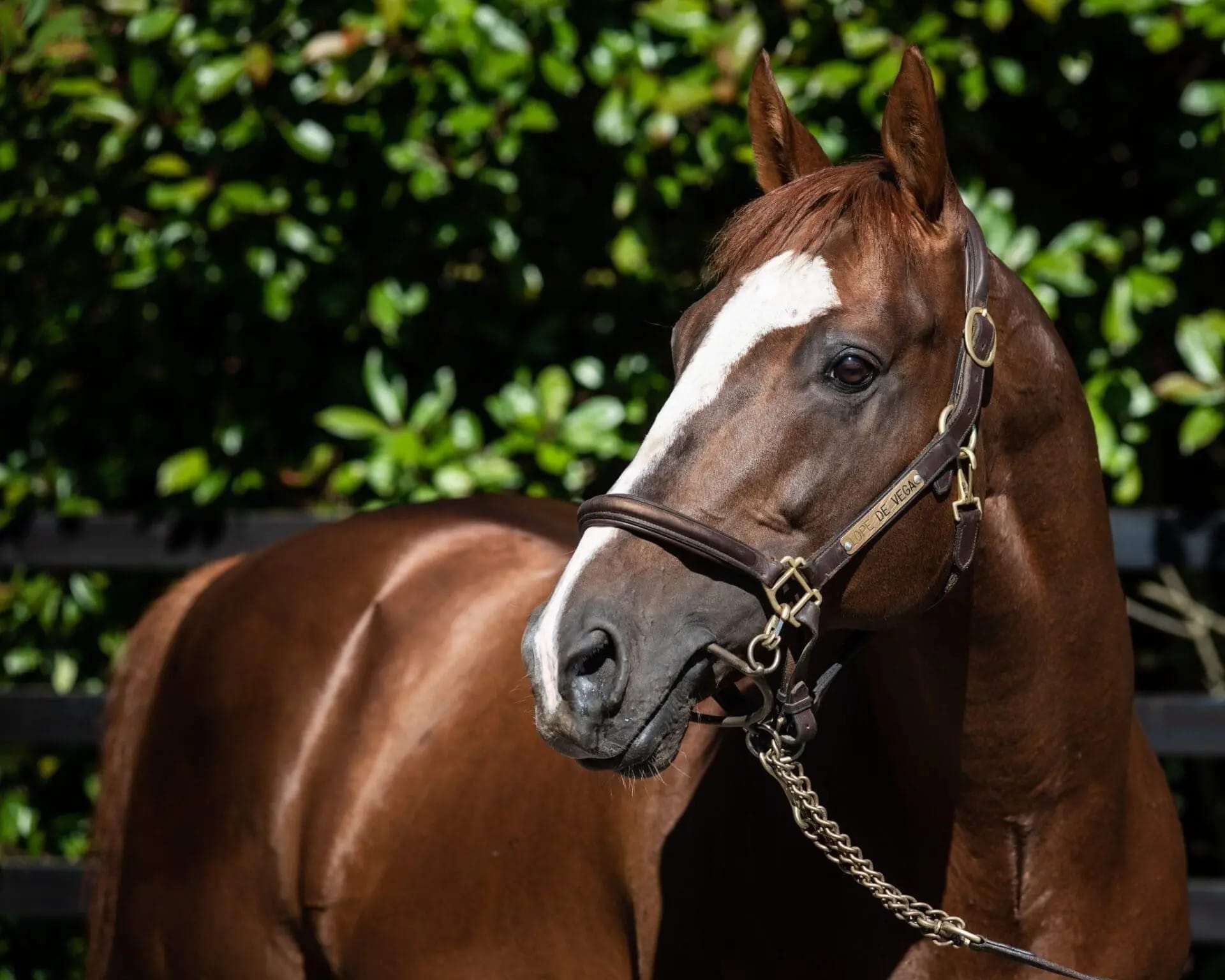
There are plenty of opportunities to access Shamardal bloodlines in Australia aside from Lucky Vega, with seven of his sons active on Australian rosters, Pinatubo, Blue Point and Victor Ludorum at Darley, Puissance De Lune at Swettenham, plus Better Land, Gingerbread Man and Crackerjack King. Rosemont’s Doull is out of Shamardal mare.
Also out of a Shamardal mare is Saturday’s winner of the King Charles III Stakes, Ceolwulf, who announced himself as the next superstar of Australian racing.
Extending Lope de Vega’s sireline pedigree back out another generation takes in the enormously influential Street Cry, who is a brother to Shamardal’s dam.
Not only does Street Cry have eight Australian Group 1 winners in his own name and 11 Australian Group 1 winners as a broodmare sire, his stallion sons and grandsons have another 17 Group 1 winners to their credit.
That list includes Pride Of Dubai, now with a huge lead in the Australian sires’ championship after Bella Nipotina’s win in The Everest on Saturday.
So, the winners of all the three Group 1 races in Australian on Saturday featured the blue hen Helen Street and her prolific mating with Machiavellian in their pedigrees. Between them, those three horses banked $13.8 million worth of prize money.
That is a good day’s work, but hardly surprising when you realise that horses to feature that Helen Street and Machiavellian match in their pedigree have now won six Cox Plates, five Queen Elizabeths, a Golden Slipper, a Melbourne Cup and now a Caulfield Cup and an Everest.
*all data courtesy of Arion.co.nz


